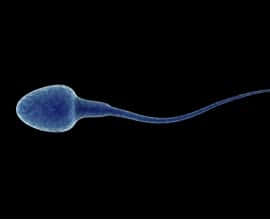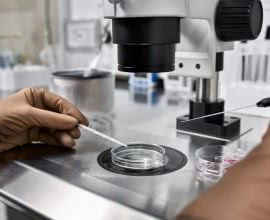IVF Success
Introduction
Issues of IVF relating to religious and socio-cultural beliefs could be quite complex and at times emotional. For some intimate relationship as a basis for child conception is holy. Therefore it should not be interfered with. Others believe that the end justifies the means .Having a baby is the important thing. The means does not matter. In Africa and Asia same gender marriage is not tolerated but in Europe it is. Furthermore some societies like countries in Asia frown at single motherhood.

It is therefore important to consider cultural and social norms before embarking on IVF location search. For example the Catholic Church believes that life begins at the moment of conception and only fertilised eggs can be used. This implies that all embryos are life and should not be destroyed. Doctors believe that only eggs certified as healthy should be used .Others could be discarded. There is no compromise between the two views. A careful consideration is therefore needed. Various technologies for transplant, fertilization and cultivation are being experimented with reasonable success.
Innovations
Advancement in fertility is constantly taking place with new innovations in technology and scientific breakthroughs being regularly reported all over the world. A good example is the uterine transplant, the first of its kind which successfully took place in 2015.
As treatments and practices have improved the birth-rate has doubled and multiple births are down by half. This shows that with clinical progress and the dedication of professional staffing a well-regulated sector can significantly improve patient care and outcome .It was recognised that the best way to increase the success of IVF is by having procedures done at a high quality programme centre. The patient is however advised to check out the success rate before choosing a clinic for fertility treatment. Sometimes there are more cycles of transfer because some cycles are cancelled for poor response to medication and others do not have a fresh transfer procedure for various reasons .To help develop the understanding of the embryos being implanted there are a couple of new techniques in use such as Compatibility Genetic Testing and Time-Lapse technology.

· Compatibility Genetic Testing
Analyses genetic properties of the donors to avoid abnormalities.
· Time-lapse technology
This involves the embryo being cultured within a time-lapse incubator prior to implantation.
· Blastocyst transfer
In simple terms a blastocyst is an embryo which has been allowed to develop in a laboratory for around 5-7days before implantation. This is much longer than with the conventional embryo transfer of around 3 days. This method is much favoured by specialists because at day 5 the embryo is much advanced having divided into many cells.
· Ultra 3D
In some cases inability to conceive naturally might not be obvious. The ultra-sound system is being developed to get a larger picture. Once the problems are identified through scanning it could be easily treated.
Success of the IVF
The current success rate stands at about 35%. IVF treatment could more than double the rate to over 80% because women who never had physical interaction with men could give birth through IVF. Research has shown that because patients are encouraged to opt for single embryo transfer multiple births have reduced resulting in overall pregnancy success.
REFERENCES
http://www.hfea.gov.uk/10256.html
http://www.advancedfertility.com/CDC_IVF_success_rate_report_links.htm
https://ivi-fertility.com/notes/the-future-of-fertility-what-can-we-expect-in-2016/














